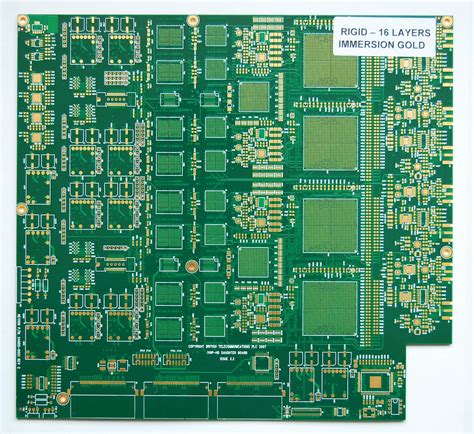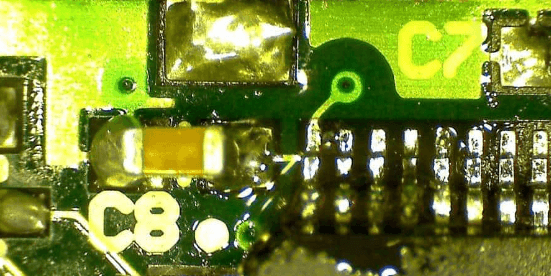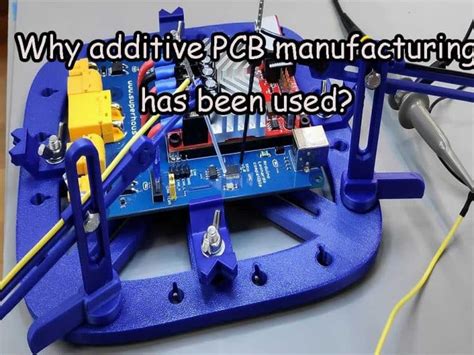Optimizing PCB Assembly: Critical Component Selection Tips
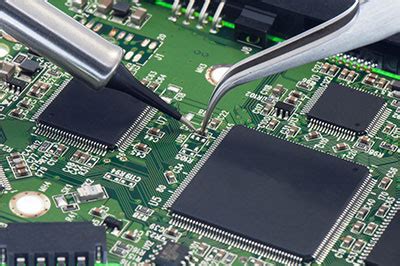
Key Takeaways
Successful PCB assembly relies on balancing technical precision with strategic decision-making. Start by prioritizing components with proven thermal stability, especially for high-power applications, to avoid premature failure. Tolerance matching between parts like resistors, capacitors, and ICs ensures compatibility during PCBA processes, reducing rework and delays.
Tip: Always verify component datasheets against your design’s operational thresholds, including temperature ranges and voltage tolerances, to prevent mismatches.
When selecting suppliers for PCB assembly components, prioritize those with ISO-certified manufacturing and traceable quality controls. For cost efficiency, evaluate alternative packaging options (e.g., tape-and-reel vs. bulk) and consider commercial-grade parts for non-critical applications. Integrate heat dissipation strategies early in the layout phase, such as placing thermally sensitive components away from high-current traces.
Quality assurance hinges on automated optical inspection (AOI) and X-ray testing to detect soldering defects in PCBA workflows. Finally, align component durability with the product’s lifecycle—military-grade parts may be overkill for consumer electronics but essential for industrial systems. By addressing these factors holistically, engineers can optimize both performance and scalability in PCB assembly projects.
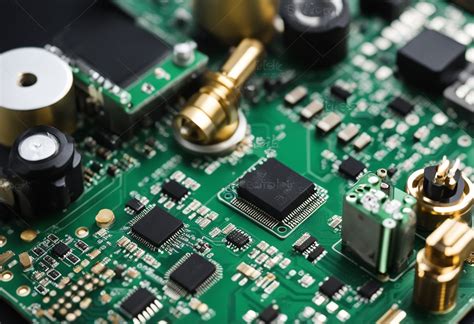
Thermal Management for PCB Components
Effective thermal management is a cornerstone of reliable PCB assembly, directly impacting both performance and longevity. As component densities increase in modern PCBA designs, managing heat dissipation becomes critical to prevent thermal runaway, signal degradation, and premature component failure.
Start by selecting materials with high thermal conductivity for substrates and copper layers, ensuring efficient heat transfer away from sensitive components. Components like power regulators, processors, and high-frequency ICs generate significant heat, so their placement should prioritize proximity to thermal vias or heatsinks. For instance, integrating thermally enhanced packages (e.g., QFN or BGA) can reduce junction temperatures by up to 20% compared to standard designs.
Equally important is matching component power ratings to operational demands. Overloading a resistor or capacitor beyond its temperature coefficient limits risks destabilizing the entire circuit. Simulation tools like finite element analysis (FEA) can model heat distribution, identifying hotspots before prototyping. Additionally, consider using thermal interface materials (TIMs) such as conductive adhesives or gap fillers to improve heat transfer between components and heatsinks.
Finally, validate thermal performance through rigorous testing under real-world conditions. Infrared thermography and thermal cycling tests reveal how PCB assembly behaves during peak loads, ensuring compliance with industry standards like IPC-7351. By addressing thermal challenges early in the design phase, engineers achieve a balance between miniaturization and reliability in PCBA projects.

Component Tolerance Matching Strategies
Effective PCB assembly relies on precise alignment of component tolerances to ensure functional integrity and manufacturing consistency. Tolerance mismatches—even minor deviations in electrical or mechanical specifications—can lead to performance degradation, signal distortion, or assembly failures. For PCBA projects, engineers must prioritize components with compatible tolerance ranges, particularly for high-frequency circuits or applications exposed to environmental stressors like temperature fluctuations.
A systematic approach involves analyzing thermal expansion coefficients (CTE) and electrical drift characteristics across materials. For instance, pairing a resistor with a ±1% tolerance against a capacitor rated for ±5% may create impedance imbalances under load. Advanced statistical tolerance analysis tools, such as Monte Carlo simulations, help predict how cumulative variations affect system behavior, enabling proactive adjustments during design.
Collaboration with suppliers is equally critical. Specify datasheet accuracy and demand batch-level consistency to minimize variability in PCB assembly workflows. For mixed-technology boards (e.g., combining SMD and through-hole components), verify that mechanical tolerances align with placement machinery capabilities to avoid misalignment during soldering. By balancing tight tolerance requirements with cost constraints, teams can optimize reliability without inflating PCBA project budgets.
Transitioning to supplier selection, the next section explores how vendor partnerships further mitigate tolerance-related risks through quality assurance protocols.
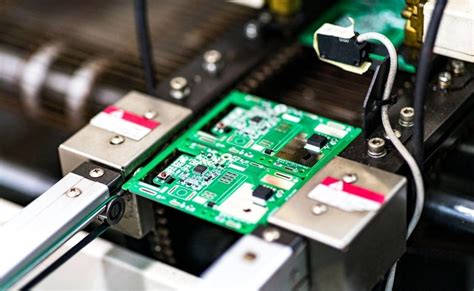
Selecting Reliable PCB Assembly Suppliers
Choosing the right partners for PCB assembly is pivotal to ensuring product reliability and manufacturing efficiency. A supplier’s capability to handle high-precision PCBA processes—such as surface-mount technology (SMT) or through-hole assembly—directly impacts yield rates and long-term performance. Start by evaluating certifications like ISO 9001 or IPC-A-610, which validate adherence to industry standards for quality and consistency.
Technical expertise in thermal management and tolerance matching should align with your design requirements. For instance, suppliers familiar with advanced materials for heat dissipation or automated optical inspection (AOI) systems can mitigate risks of component mismatch or solder joint failures. Additionally, assess their supply chain resilience: flexible lead times, transparent inventory tracking, and proactive communication during shortages prevent delays.
Cost considerations must balance with quality. While competitive pricing for PCB assembly components matters, prioritize suppliers offering value-added services like design-for-manufacturability (DFM) feedback or failure analysis. Robust quality assurance protocols, including batch testing and traceability systems, further ensure compliance with stringent performance criteria. By aligning supplier capabilities with project-specific demands, manufacturers reduce rework costs and enhance end-product reliability.
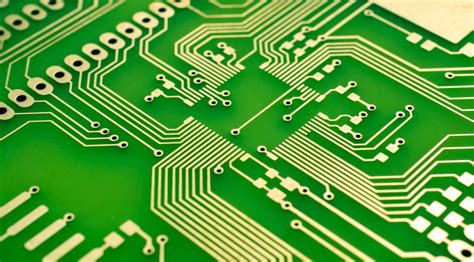
Cost-Efficient Component Sourcing Practices
Strategic sourcing of PCB assembly components requires balancing cost-effectiveness with long-term reliability. Start by evaluating suppliers based on PCBA-specific certifications (e.g., ISO 9001, IPC-A-610), lead times, and volume pricing structures. Leverage bulk purchasing agreements for high-usage components like resistors and capacitors, but ensure demand forecasts align with production cycles to avoid excess inventory costs.
| Supplier Criteria | Cost Impact | Risk Mitigation |
|---|---|---|
| Certified Manufacturers | Higher upfront, lower defects | Reduced rework expenses |
| Local vs. Global Suppliers | Lower shipping, higher unit | Supply chain diversification |
| Consignment Stock Options | Reduced storage costs | Inventory flexibility |
For low-volume projects, consider alternative components with equivalent specifications but lower per-unit pricing—cross-referencing datasheets ensures compatibility. Partnering with distributors offering PCB assembly-focused kitting services can streamline procurement and reduce handling fees.
Additionally, monitor component lifecycles to avoid obsolescence risks that force last-time buys or redesigns. Tools like manufacturer lifecycle alerts and multi-source supplier databases help maintain cost predictability. Finally, integrate DFM (Design for Manufacturing) feedback early to identify substitutable parts without compromising performance, ensuring sourcing aligns with both technical and budgetary goals.
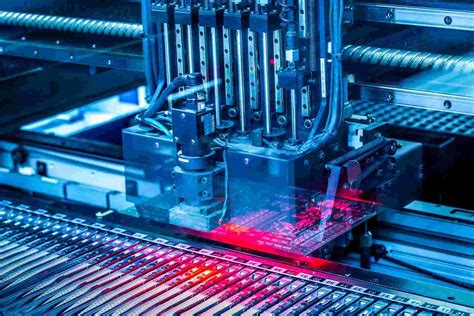
Optimizing Layout for Heat Dissipation
Effective thermal management in PCB assembly begins with strategic component placement. High-power components, such as voltage regulators or power amplifiers, should be positioned away from heat-sensitive parts like sensors or microcontrollers. Integrating thermal vias beneath heat-generating devices helps transfer excess energy to inner ground planes or external heatsinks. For high-density designs, using copper pour areas with adequate thickness improves heat spreading, while maintaining sufficient clearance between components prevents localized hotspots.
In PCBA layouts, consider the thermal conductivity of substrate materials. FR-4, while cost-effective, may require supplemental cooling solutions for applications with sustained high temperatures. Advanced substrates like metal-core or ceramic-based boards offer superior heat dissipation but at higher costs. Balancing these factors ensures reliability without compromising budget constraints.
Additionally, align component orientation with airflow patterns in the final enclosure. Placing taller parts downstream of cooling fans avoids airflow obstruction. Simulation tools like thermal imaging or finite element analysis (FEA) can validate layout efficiency before prototyping, reducing rework risks. By prioritizing thermal pathways early in the PCB assembly process, designers mitigate long-term failure risks and enhance overall system durability.
PCB Assembly Quality Assurance Techniques
Effective quality assurance in PCB assembly hinges on systematic validation processes that align with design specifications and performance requirements. A cornerstone of reliable PCBA outcomes is automated optical inspection (AOI), which identifies soldering defects, misaligned components, or trace inconsistencies with micron-level precision. Pairing AOI with X-ray inspection ensures hidden flaws—such as voids in ball grid arrays (BGAs) or internal layer misregistrations—are detected early.
To maintain consistency, statistical process control (SPC) tools track critical parameters like solder paste volume and reflow oven profiles, enabling real-time adjustments during PCB assembly. Additionally, functional testing simulates operational conditions to validate electrical performance, while environmental stress screening (ESS) exposes boards to temperature cycling or vibration to uncover latent failures.
Collaboration with certified PCBA suppliers who adhere to IPC-A-610 or J-STD-001 standards is vital, as these protocols define acceptability criteria for solder joints and component placement. Implementing traceability systems—such as barcoding or RFID tagging—streamlines defect root-cause analysis and ensures component pedigree tracking. By integrating these techniques, manufacturers reduce rework costs and uphold the integrity of PCB assembly workflows, seamlessly connecting quality assurance to prior stages like thermal management and tolerance optimization.
Balancing Performance and Cost in Components
Achieving the right equilibrium between component performance and cost requires a strategic approach to PCB assembly design. While high-performance components may deliver superior speed or precision, their premium pricing can strain budgets, especially in high-volume PCBA projects. Engineers must evaluate specifications like operating temperature ranges, signal integrity, and power efficiency against total ownership costs, including procurement, testing, and potential rework.
A practical method involves categorizing components into mission-critical and non-critical groups. For example, using industrial-grade ICs for core processing functions while opting for commercial-grade passive elements in less demanding circuits. This tiered selection ensures reliability where it matters most without overspending on unnecessary capabilities.
Leveraging design for manufacturability (DFM) principles further optimizes cost structures. Standardizing component footprints reduces machine setup time during PCB assembly, while aligning with widely available parts minimizes supply chain delays. Collaborative partnerships with PCBA suppliers can unlock bulk pricing or alternative component recommendations that meet both technical and budgetary requirements.
However, cost-cutting measures should never compromise long-term durability. Analyzing mean time between failures (MTBF) data and lifecycle availability helps avoid premature obsolescence. Prototyping with cost-optimized BOMs (bill of materials) followed by rigorous stress testing provides actionable insights before full-scale production, ensuring the final design delivers value without sacrificing operational integrity.
Durability Factors for PCB Component Selection
When selecting components for PCB assembly, durability is a critical consideration that directly impacts the longevity and reliability of the final product. Components must withstand environmental stressors such as temperature fluctuations, humidity, and mechanical vibrations. For instance, opting for PCBA-grade parts with high thermal endurance ratings ensures stability in applications exposed to repeated heating cycles. Materials like ceramic capacitors or high-Tg (glass transition temperature) substrates are often preferred for their resistance to thermal degradation.
Mechanical robustness is equally vital. Components with reinforced solder joints or shock-resistant packaging reduce failure risks in high-vibration environments. Additionally, corrosion-resistant coatings on connectors and ICs help mitigate damage from moisture or chemical exposure. When sourcing for PCB assembly, verify compliance with industry standards like IPC-610 to guarantee component durability under specified operating conditions.
Electrical durability also plays a role—components should maintain performance over their lifecycle. This includes selecting semiconductors with adequate derating margins and capacitors with low equivalent series resistance (ESR). Partnering with suppliers who provide rigorous lifetime testing data ensures alignment between component specifications and real-world demands. By prioritizing these factors, engineers can enhance the reliability of PCBA systems while minimizing long-term maintenance costs.
Conclusion
Effective PCB assembly relies on a holistic approach that balances technical precision with strategic decision-making. By prioritizing thermal management and tolerance alignment, engineers can mitigate risks of component failure while maintaining operational stability. Equally critical is partnering with reliable PCBA suppliers who adhere to stringent quality standards, ensuring components meet both performance and durability requirements.
Cost-efficiency remains achievable without compromising integrity by leveraging scalable sourcing practices and optimizing layouts for heat dissipation. Rigorous quality assurance protocols, such as automated testing and failure analysis, further safeguard against defects in PCB assembly workflows. As technology evolves, staying informed about advancements in component materials and manufacturing techniques will empower teams to adapt designs for emerging challenges.
Ultimately, success in PCBA hinges on aligning every selection—from high-tolerance resistors to thermally resilient substrates—with the end product’s functional demands. By integrating these principles, manufacturers can achieve repeatable, high-yield outcomes that satisfy both performance benchmarks and budgetary constraints.
Frequently Asked Questions
What are the most critical factors when selecting components for pcb assembly?
Key considerations include thermal compatibility, electrical tolerance matching, and supplier reliability. Components must align with the pcb assembly‘s operational environment to prevent overheating or signal interference.
How does pcba design influence component longevity?
Proper layout optimization and heat dissipation strategies directly impact component durability. For example, placing high-power components near board edges improves airflow, reducing thermal stress in pcba systems.
Can cost-efficient sourcing compromise pcb assembly quality?
Not necessarily. Balancing cost and performance involves verifying supplier certifications (e.g., ISO 9001) and requesting batch testing reports. Bulk purchasing standardized components often maintains both affordability and reliability.
What quality assurance methods apply to pcb assembly processes?
Implement automated optical inspection (AOI) and functional testing at multiple stages. Combining these with tolerance validation ensures components meet design specifications before final integration.
Why is supplier selection crucial for successful pcba projects?
Reputable suppliers provide traceability documentation and technical support, critical for resolving component compatibility issues. Establish long-term partnerships to secure consistent material quality and priority access during shortages.
Need Expert Guidance for Your PCB Assembly Project?
For tailored solutions in component selection and pcba optimization, please click here to consult our engineering team at Andwin PCB Assembly Services.


